Agency Secrets: How to Sell 4X More on Amazon [Expert Tips]
Updated 1/3/2024 – We Asked Canopy’s Amazon Agency Pros to Come Up With the 3 Fastest Ways to Get Your Business Moving. Here They Are!

It’s always fun to start an Amazon business. However, in most cases, it’s not till you begin to scale up – or grow your Amazon brand – that things really become profitable.
Increasingly, Amazon advertising strategy is what you hear about when it comes time to build your Amazon brand.
That’s why there’s a lot of information out there on the internet about “how to run PPC on Amazon,” “Amazon ads optimization,” and “how to reduce AcoS on Amazon.”
Thinking About Hiring an Amazon Management Agency?
Canopy’s Partners Achieve an Average 84% Profit Increase!
Let’s talkBut, much of the forward momentum you need to grow comes before you begin your Amazon PPC optimization. That’s not to say that Amazon ads don’t matter. They do!
In fact, it’s a principal pillar of online selling success.
Still, we’ve seen blog posts that detail 10, 15, or 20 steps necessary to find eCommerce success.
At Canopy Management, we think it’s more simple than that.
It lies in your ability to focus attention on the few steps that really matter.
That’s why we reached out to the former Amazonians, multi-million dollar sellers, and award-winning experts that make up the Canopy Management Tribe.
We wanted to know whether instead of those complicated 20 steps to success, was there a more precise, easier-to-follow list?
Canopy’s experts made it simple, and said that when push came to shove, there are really three things that Amazon sellers need to concentrate on.
Here they are::

1) Long Tail Keywords Help You Target Less Competitive Niches
For many, selling on Amazon begins with a search for a product to sell. Others may have an idea of a product, but need to understand the best way to make sure that it’s discoverable by prospective buyers.
That’s where keyword research comes in.
Short tail keywords are search queries that refer to more broad topics and have correspondingly high search volumes.
Long tail keywords are multiple-word phrases that shoppers use when searching for a product. They are searched for less than single words or shorter phrases. When long tail keywords show up in your search term report, they’re likely to return narrower results for more specific products.
That in turn often leads to higher rates of conversion.
And, when it comes time to advertise, you’re going to want to know one thing; how much does Amazon advertising cost?
That’s why it’s important to know that optimizing Amazon PPC advertising campaigns is easier once you’ve mastered long tail keyword strategy.
Let’s say that you’re looking for an Amazon FBA product to sell. Most online-selling experts advise trying to find a product that occupies a smaller, less fought-after niche.
Or, maybe you’re trying to optimize your Amazon listing so that buyers who are looking for a product just like yours don’t get tired of searching and either give up or buy something they don’t really want.
If you want your Amazon store to stand out from the crowd, you want to take advantage of this kind of Amazon SEO.
For example, a short tail keyword such as “computer stand” will return a lot of results, as well as a great deal of competition for sellers, and confusion for buyers.
Instead, implementing an Amazon marketing strategy that includes a long tail keyword search term such as “sustainable wooden computer stand with drawer” will allow you to target a smaller niche or help a buyer find exactly what they are looking for.
PRO TIP:
An Amazon keyword tool such as those offered by Jungle Scout, or Helium 10, can help you find high-intent, extremely valuable long tail keywords to drive traffic to your listing.
Using Helium 10’s Xray keyword-research Chrome extension we were able to take a closer look at the following Amazon product. We’ve been researching small flashlights to include in an emergency kit for cars.
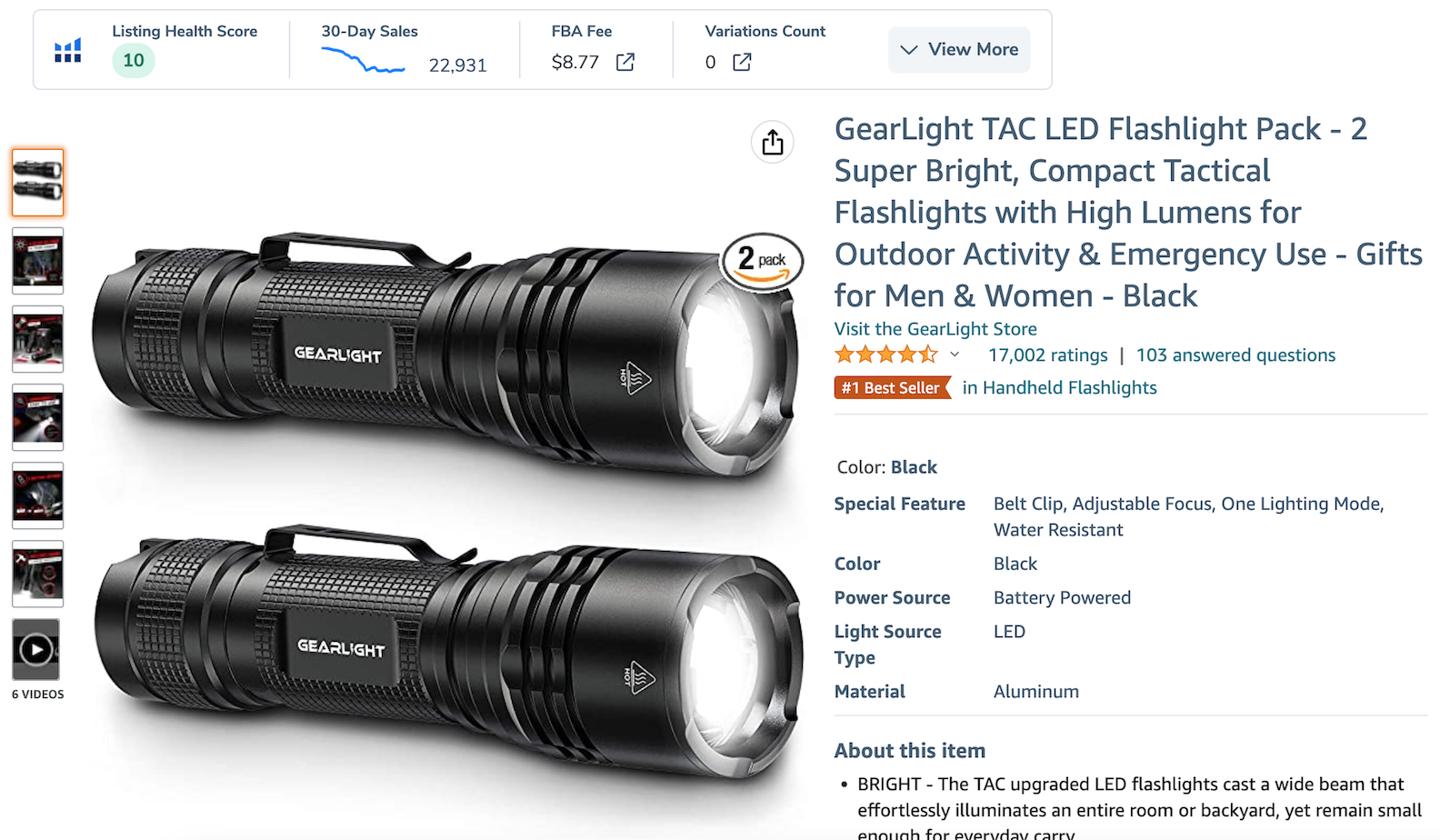
Here are just a few of the top ranked, long tail keyword phrases that we found. Had we not taken the time to do this research, we might have overlooked “lumens” as a keyword. At the same time, it looks like we’re not the only ones thinking about safety on the road.
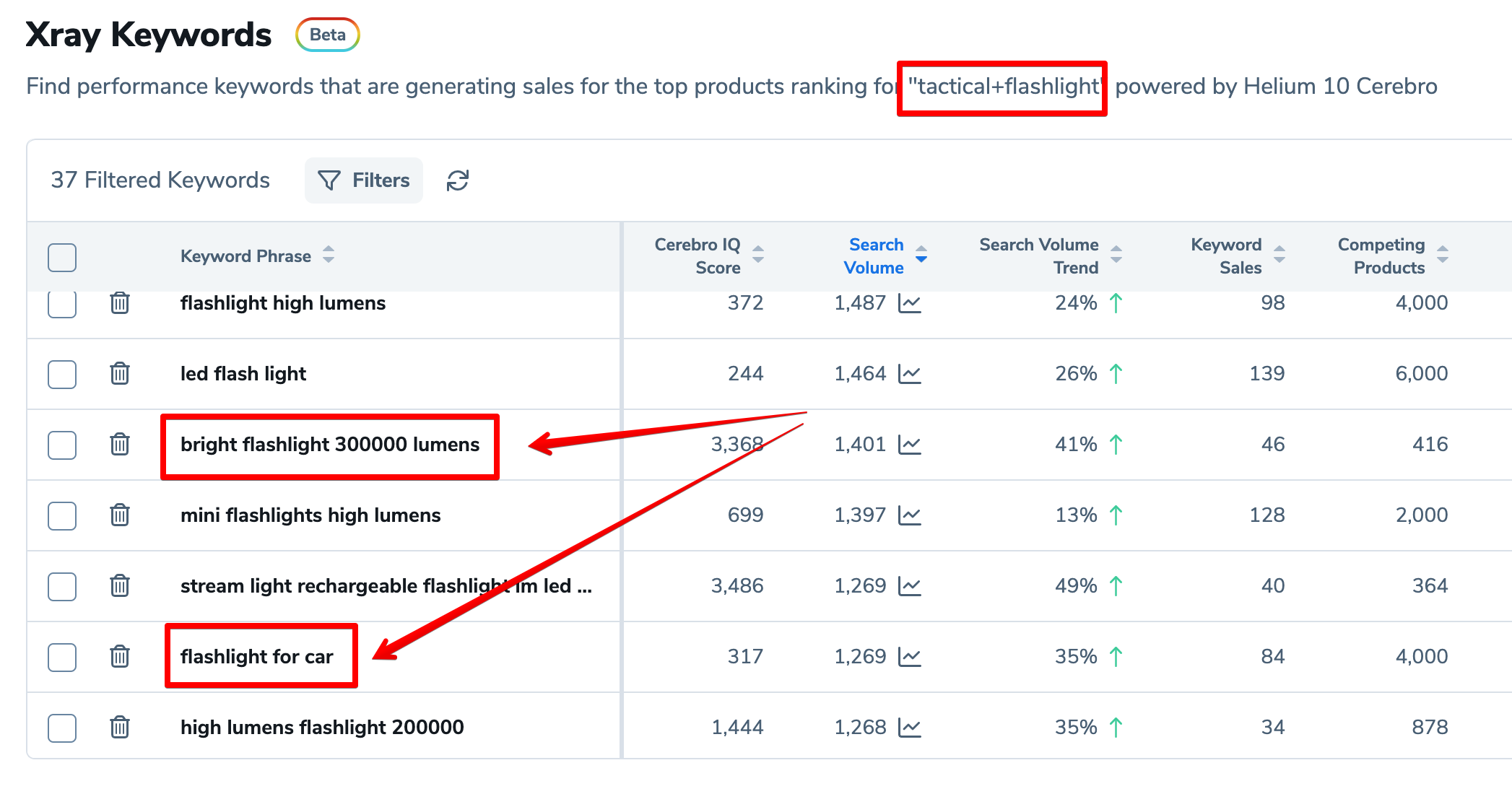
Researching four or five similar items in the same niche that you are interested in can give you a good overview of the keywords that Amazon buyers will use to find your product.
2) Optimize Your Amazon Listings to Make Them POP
When was the last time that you searched for something on the internet and clicked past the first page? When online shoppers don’t find what they’re looking for, they immediately assume that they’re not searching with relevant keywords and will rephrase their request.
Most Amazon shoppers just don’t make it past page one of the search results. As an Amazon seller, it’s crucial that you structure your product listing to rank as high in the search results as possible.
That’s referred to as Amazon listing optimization.
Because the first thing the customer does is look at the images of a product, let’s start there.
Amazon has a very clear idea of what they want. They want rich, vibrant images that compel purchases. After all, they want you to make a sale so that Amazon customers continue to trust and rely on their marketplace. They also want to make sure that when Amazon customers open the package, there are no surprises.
Here is a short list of rules governing Amazon images that are most often flagged by Amazon for non-compliance.
- The image must be the cover art or a professional photograph of the product being sold. Drawings or illustrations of the product are not allowed
- The image must not contain gratuitous or confusing additional objects
- The image must be in focus, professionally lit and photographed or scanned, with realistic color, and smooth edges
- All products should fill 85% or more of the image frame
- The full product must be in frame
- Backgrounds must be pure white
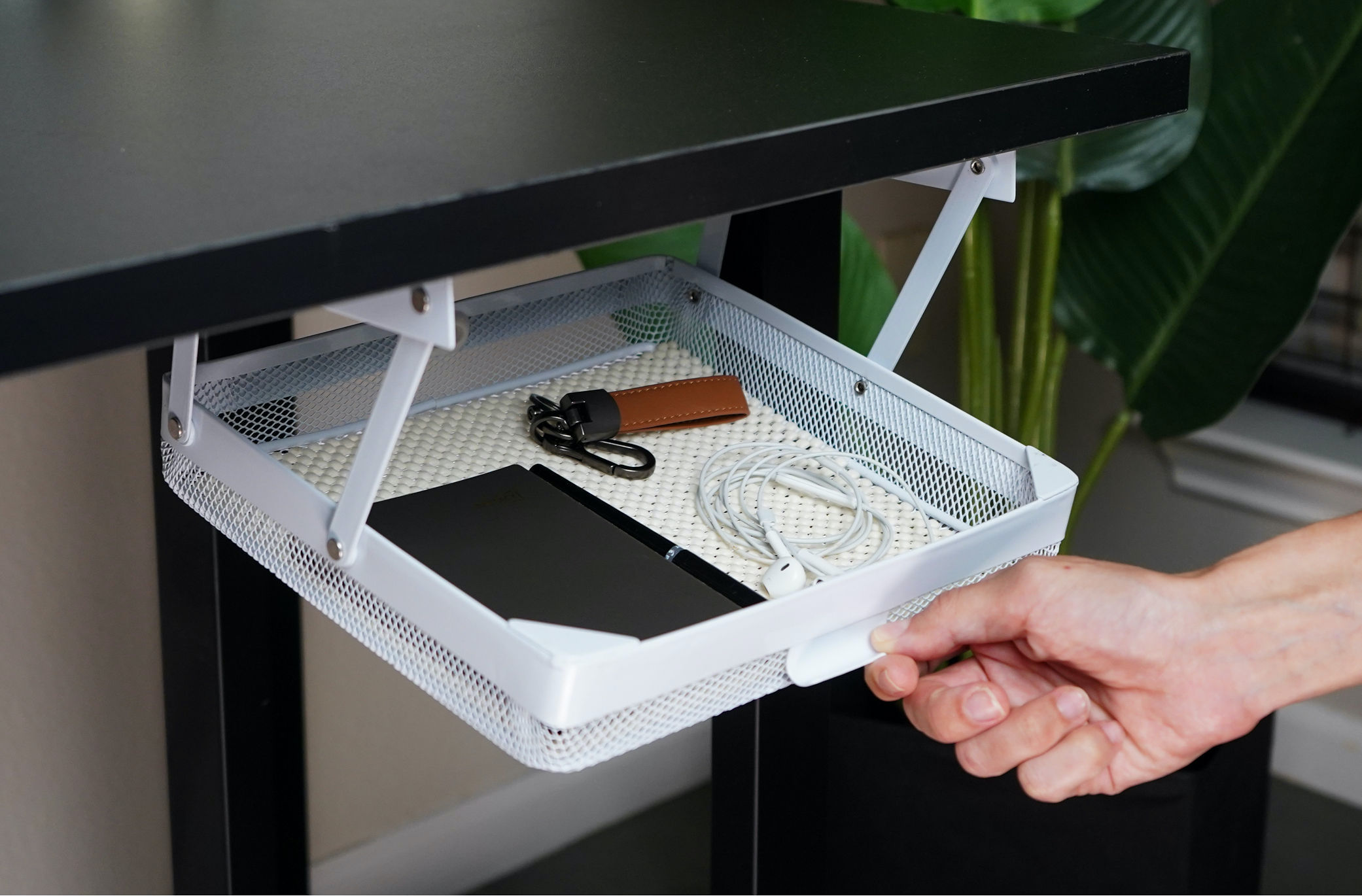
Lifestyle Imagery Makes the Product Come Alive!
Emotionally evocative lifestyle photos show how the product is used. They also help shoppers to imagine themselves using the product in the home or workspace.
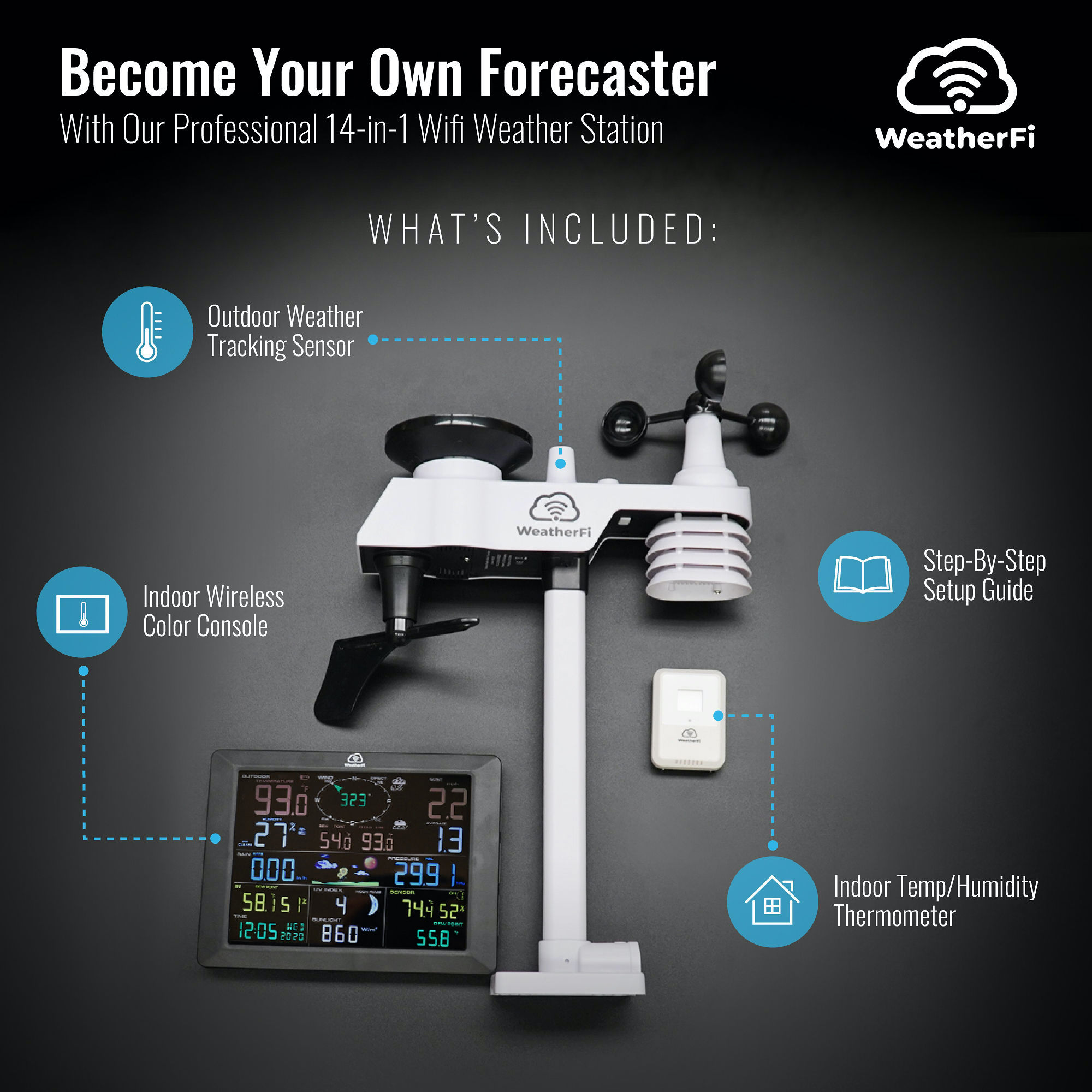
Make Sure to Include Infographics
Infographics demonstrate the most important selling points of your product. They can include the product’s size, features, certifications, accessories, and instructions on how the buyer can use the product.

Don’t Forget About Video
Amazon agencies and digital marketing pros say that when it comes to stopping the scroll, nothing performs quite like video. It’s a great way you can promote your product, increase your conversions and stand out on Amazon.
First, you’ll need to establish Amazon Brand Registry. Afterwards you can take advantage of Amazon’s A+ Content. It’s a premium Amazon feature that allows sellers to supplement their product descriptions with visually rich content including video.
A full list of Amazon’s image requirements are listed here.
Now that you have the Amazon shopper’s attention, here’s a checklist that you can follow to make sure that your written copy is as solid as your images. Your first step should be checking for basic spelling and grammatical errors in the listing copy.
Follow these guidelines for your listing title:
- Don’t forget about Amazon shoppers using their smartphones. There’s limited room, so your title will be truncated. Make sure to place your main keywords at the very front of your titles.
- While you want to be sure to include three or four of your top keywords, be careful to not “keyword stuff.”
- Include your band name in the title. It’s important to begin to instill brand confidence and recognition.
Follow these guidelines for your bullet points:
- It’s a good idea to lead off with a summarization of each bullet point with bolded and/or capital letters. By doing this, you’re helping your customers to quickly skim the listing.
- You want to make sure to include most of your medium and high search volume long tail keywords in the copy of your bullet points.
- Take the time to expand on your product’s features. Put yourself in the shopper’s shoes and anticipate questions that they might have.
PRO TIP:
Use customer reviews for similar products to identify the questions that prospective customers have had, as well as getting a clearer idea of the product features that they loved. That way you can highlight similar features in your own listings.

3) Keep a Close Eye on Your Amazon PPC
It’s impossible to spend more than a few minutes in conversation with an eCommerce seller, and not have the subject of PPC (Pay per Click) advertising come up.
A PPC ad campaign used to be just “one” of the ways that Amazon sellers launched their products. Now, it’s a must.
What exactly is Amazon PPC?
In the most simple terms, an Amazon PPC ad means that you are advertising on Amazon. An Amazon PPC advertising campaign targets customer searches, and seeks to place an Amazon ad in a high-visibility location.
As mentioned in the section about keywords above, you will want to identify relevant, short and long tail keywords. Unfortunately, you won’t be alone. Other sellers will be using (some) of those same search terms to try to stand out, and be found on Amazon.
Because of that, Amazon’s (very lucrative) business model is to assign these keywords a price (based on their popularity with buyers). Then, after a seller has successfully bid for that keyword, charge sellers a fee when during an Amazon search, a shopper clicks on an ad that contains a relevant keyword.
That’s the pay-per-click.
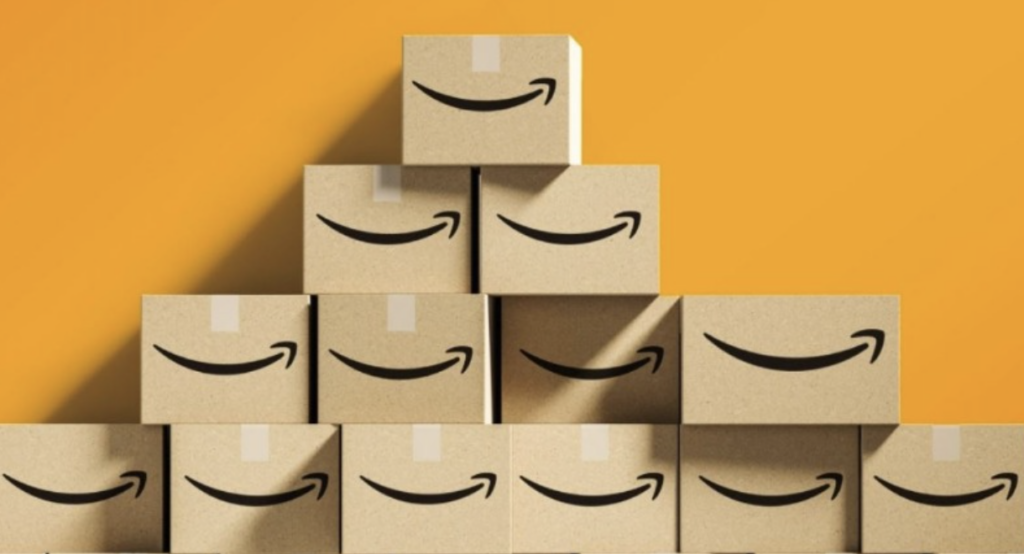
Four Ways to Take Advantage of Amazon’s Advertising Potential
- Amazon Sponsored Product ads are keyword-targeted, and allow sellers to promote their individual products. A sponsored ad shows up on shopping results and product detail pages. Within sponsored products, there are different ways to target your search term. Two of these ways are automatic-targeting and manual targeting. An automatic-targeting ad uses Amazon’s algorithm to determine the strategy. A manual-targeting ad allowing for customization and efficiency.
- Amazon Sponsored Brand ads are keyword-targeted ads featuring a brand logo or product image, a custom headline, and up to three products. Available only to Brand Registered sellers, these ads appear above all search results to dramatically increase a sellers brand’s profile and discoverability.
- Sponsored Display ads help sellers reach their target audiences with ads that appear both on and off Amazon. Amazon says that Sponsored Display Ads are “a self-service advertising solution that gives advertisers the ability to launch display ad campaigns and reach relevant audiences quickly.”
Amazon Stores are custom, stand-alone pages on Amazon that help individual brands tell their brand story and show off their products. You can send traffic to Stores by using Sponsored Brand ads. They require no website experience to use and are free.
PRO TIP:
If you want to move a little faster and increase your Amazon sales immediately, level up your eCommerce business by reaching out to a full service Amazon brand management agency such as Canopy Management.
To see what a full service Amazon agency can do for you, take a few moments to read through a couple of these Amazon seller stories and case studies.
eCommerce is challenging enough with overcomplicating it with steps 1 through 55. We think that if you pay attention to these three steps, you will have put yourself on the road to success.
Make sure and attend webinars, join sellers’ groups, and learn as much as you can. And when you’re ready to hop on a rocket ship, reach out to the pros at Canopy Management.



